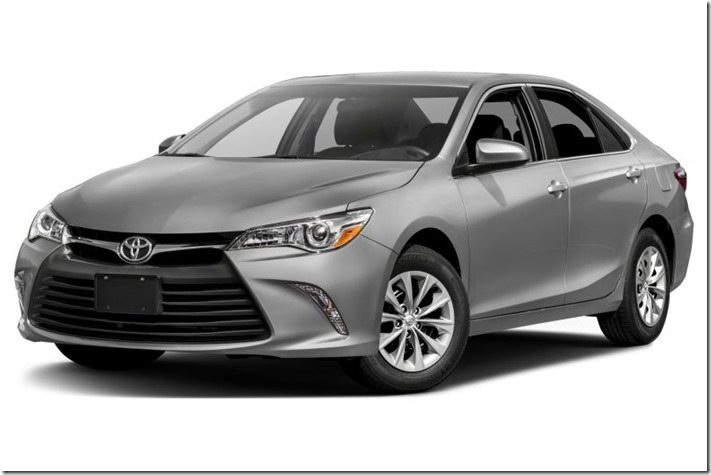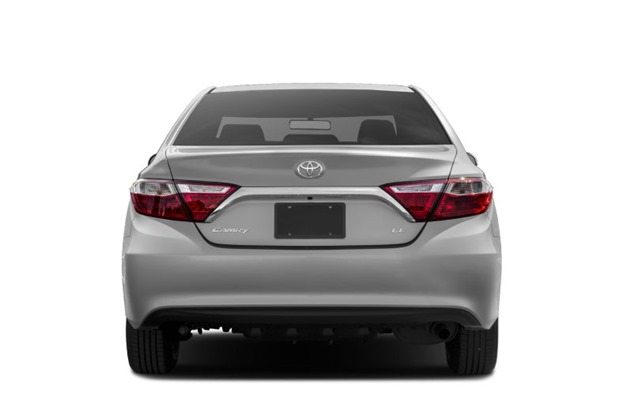The Japanese Camry was launched in 1983 and that came as a surprise to most. It has European lift back styling, front-wheel drive and a powerful lightweight engine. None of the Camry models cover three decades of local production were also ground breaking. But after the close of the model Japanese Altona, Japanese Camry sees a ground breaking production of this car. This was safer, more stylish, and much more dynamic model that was heading down under. Local Camry production stops this October and to fill up the gap, Japanese Australia has to look no further than an entirely new model that will be manufactured in Japan.
Retaining the nameplates of the Japanese Camry ensures a complete build up of imported replacement that has a link with its past. But its unique packaging and specification shows a break with tradition for the model line. The Japanese Camry should not be judged by previous generations through cut price model grade as this car moves up market to beat its closest rivals in the medium passenger car segment. Most of the styling idea comes from Lexus and other European prestige brands.
There is a new modular platform that is lighter and stronger as Japanese has dropped the rear suspension in favor of the double wish-bone type. You could also add driver assistance technology for an active safety boost and the all new Camry comes within a striking distance of Mazda6. In the past, Japanese only had Camry with hybrid drive trains that are available for sampling during the launch in Oregon at Pacific Northwest. The hybrid becomes one of the highest selling models in the Camry range.
The 2018 Camry hybrid is a brand new concept. Although there is nothing great about the engine, the 2.5liter four cylinders can run well with great acceleration, until the revs have reached 2000rpm. The engine is more intrusive. If the engine lacked any kind of harmony or melody, then it was compensated by performance that was supplemented by the electric motor. The torque, throttle response and the power was provided by naturally by 2.5liter cylinder that can drive through a CVT automatic transmission.
In normal modes the engine did drone, something endemic to the CVT drive trains, but if it was switched back to sport mode, then Camry’s revs climbed and fell like the power delivery of another engine that was driving through stepped transmission. Then there is a new fuel saving feature that will be introduced in the year 2018 Japanese Camry, also known as the ‘Auto glide control’. That isolated the engine from the final drive whenever the driver lifts off the pedal. But then again as the driver hits the brake pedal, the drive train reconnects with the power units in order to drive the wheels for engine braking and brake energy recovery.
Our Wrecking Partners in Wrecky Car Wreckers



